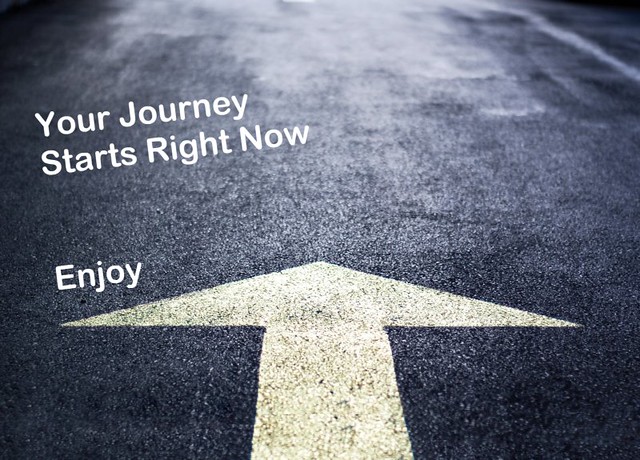One of the highlights of this trip was being with an AMAZING bunch of teachers who are innovative, inspirational and energetic about teaching, education and life in general.
I have to say I loved spending time with you all and sharing this fantastic experience. Thanks once again KPMG, Pat Snedden, Jenny Oxley, Dorothy Burt, and Anne Sinclair for making this happen for us all. Lots of learning and for me, pushing myself outside my comfort zone.
I am not a person that shares very frequently and although I have been challenged to present before I have never had the additional nudge that you have all given me. Thanks to everyone for your support and also to Tania Coutts who has been nudging and supporting me in taking this step.
I FINALLY DID IT.
This event also enabled Dorothy and I to come up with a plan for when Team Maunga use a release day, to pop down to visit some classrooms at Point England, to be immersed in 1:1 device environments, to see what one can look like, and to connect on a professional level with teachers to talk about what works and what doesn't work within their digital learning environments.
Team Maunga are super excited about this as we are seeing more and more opportunities for devices to be used to extend and enhance learning, but as we are not 1:1, we don't know what we don't know.
The only way to change this is to immerse ourselves in experiences, literature, and inquiries, that will shift our current ideals of how to use devices to improve learning outcomes for our students. As a team we are already doing things that extend us in all of these areas but we feel that this visit might be a catalyst for further change and shifts in our teaching practice/ideals.
Further things to take away from this experience...
Share More: Both the positives and the struggles.
Although within the Kaikohekohe Cluster I share HEAPS, I need to push myself to present more at these kind of events.
Tell my story and encourage students in our learning space to tell their stories.
<<<Other things>>>
Sydney's train system is FANTASTIC
Uber app now installed on phone (Don't think Kerikeri is ready for this however), but though it might be useful when getting from Parramatta to Sydney Airport by 7:30 Wednesday morning, and also when attending next MIT meeting at KPMG
I MISS MY FAMILY
My room buddy was amazing to talk to.











